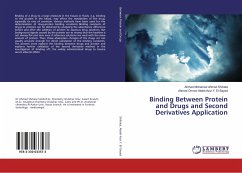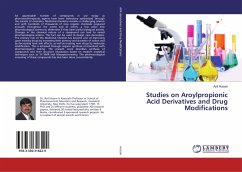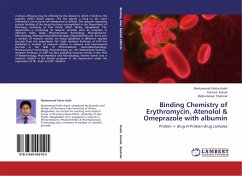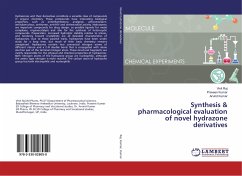Binding of a drug to a large molecule in the tissues or fluids, e.g. binding to the protein in the blood, may affect the metabolism of the drug, especially its rate of excretion. Various methods have been used for the determination of drug-protein binding constants. Binding constants of drugs to proteins can be obtained by analyzing the absorbance difference before and after the addition of protein to aqueous drug solutions. But background signals caused by the protein are so strong that the baseline is not always flat and zero even if reference solutions are used with the same amount of protein. Thus, these absorption changes of the drugs are not usually accurate enough for direct calculation of the binding constants. The present work explains the binding between drugs and protein and explores further validation of the second derivative method in the investigation of binding off, the widely administrated drugs to bovine serum albumin (BSA).



![Computer Assisted Drug Design [CADD] for Drug Targeted Proteins Computer Assisted Drug Design [CADD] for Drug Targeted Proteins](https://bilder.buecher.de/produkte/70/70125/70125197n.jpg)




